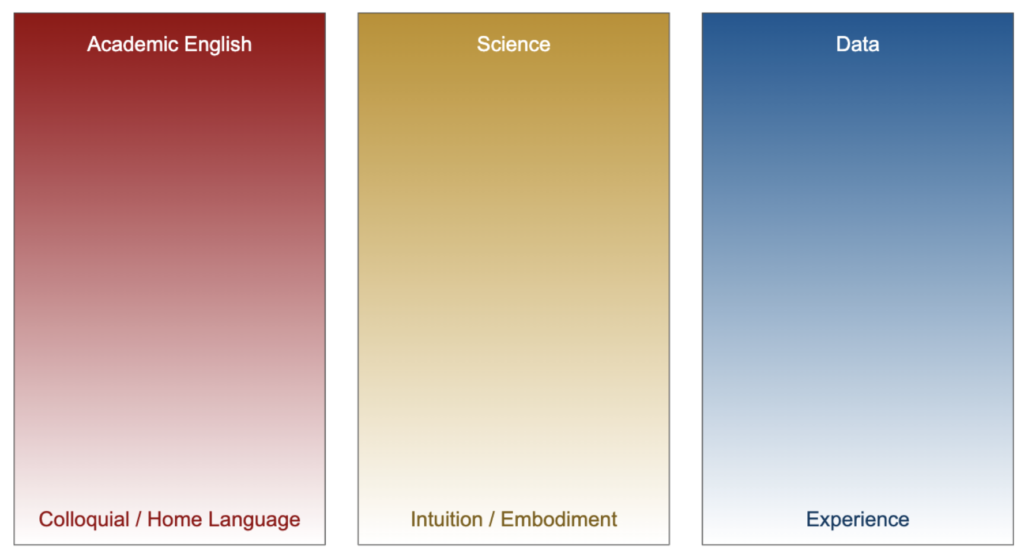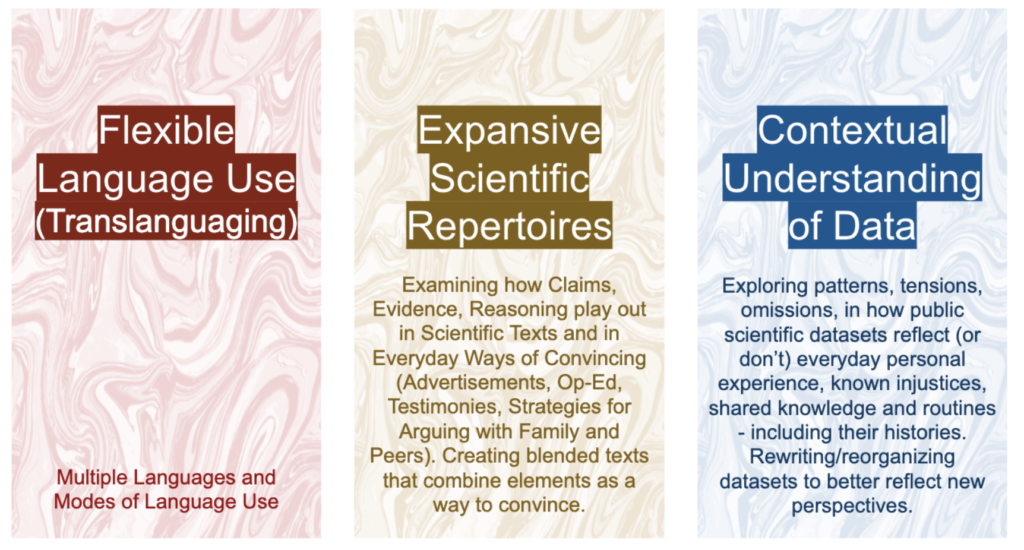Twenty-five middle school teachers from Berkeley, Oakland, and the surrounding areas of northern California recently met online as part of a virtual professional learning workshop called “Telling Data Stories: Scientific Data, Student Experience, and Authorship for Social Justice in Middle School Classrooms.”
The workshop was offered by the Writing Data Stories project, a collaboration of the University of California Berkeley, North Carolina State University, the University of Texas at Austin, and the Concord Consortium, that aims to infuse the analysis of existing scientific datasets about important socio-scientific issues into middle school science through “data storytelling.”
As a Co-Principal Investigator of the project and lead developer of our Common Online Data Analysis Platform (CODAP), I was scheduled to attend a session when teachers were actively using CODAP. Perhaps not surprisingly, things were running behind, and when I joined Zoom, I found myself instead in a wonderful session on “syncretism,” a way of thinking about mixing things up and recombining things in teaching.
In traditional “vertical” learning students are assumed to enter at the bottom and are schooled to reach the top (Figure 1). With regard to data, this means students start with their everyday experience and learn how data provide a better way to understand what’s going on. It’s a linear progression in which each bit of learning builds on what has come before (denoted with the ombré coloring).

Figure 1. In vertical teaching and learning, students enter at the bottom and are “schooled” to the top.
With syncretism, the path is less linear, and includes students’ language, intuitions, and experiences continually mixing with academic skills and concepts (as represented by the swirling colors in Figure 2). In classrooms founded on syncretism, students are much less likely to wonder how school relates to their lives because that connection is reinforced throughout their learning. In this view, “Data” becomes “Contextual Understanding of Data” and emphasizes personal experience and making use of data to better understand what’s going on in the world and society.

Figure 2. With syncretism, there is more mixing (hence the background colored swirls)
Teachers were enthusiastic about this approach, noting that it gave them additional ways to think about incorporating social justice into their teaching. We hope that students use CODAP to explore patterns in data that are meaningful to them and that they become confident using data as a new medium for telling their own data stories.